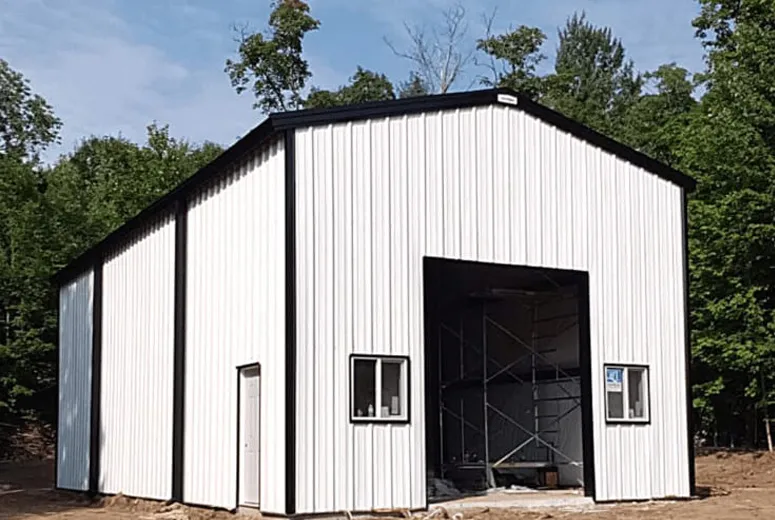- Afrikaans
- Albanian
- Amharic
- Arabic
- Armenian
- Azerbaijani
- Basque
- Belarusian
- Bengali
- Bosnian
- Bulgarian
- Catalan
- Cebuano
- Corsican
- Croatian
- Czech
- Danish
- Dutch
- English
- Esperanto
- Estonian
- Finnish
- French
- Frisian
- Galician
- Georgian
- German
- Greek
- Gujarati
- Haitian Creole
- hausa
- hawaiian
- Hebrew
- Hindi
- Miao
- Hungarian
- Icelandic
- igbo
- Indonesian
- irish
- Italian
- Japanese
- Javanese
- Kannada
- kazakh
- Khmer
- Rwandese
- Korean
- Kurdish
- Kyrgyz
- Lao
- Latin
- Latvian
- Lithuanian
- Luxembourgish
- Macedonian
- Malgashi
- Malay
- Malayalam
- Maltese
- Maori
- Marathi
- Mongolian
- Myanmar
- Nepali
- Norwegian
- Norwegian
- Occitan
- Pashto
- Persian
- Polish
- Portuguese
- Punjabi
- Romanian
- Russian
- Samoan
- Scottish Gaelic
- Serbian
- Sesotho
- Shona
- Sindhi
- Sinhala
- Slovak
- Slovenian
- Somali
- Spanish
- Sundanese
- Swahili
- Swedish
- Tagalog
- Tajik
- Tamil
- Tatar
- Telugu
- Thai
- Turkish
- Turkmen
- Ukrainian
- Urdu
- Uighur
- Uzbek
- Vietnamese
- Welsh
- Bantu
- Yiddish
- Yoruba
- Zulu
Nov . 20, 2024 20:10 Back to list
Design and Construction of Steel Buildings
The design and construction of steel buildings have revolutionized the architecture and construction industries. Steel has emerged as a popular material due to its strength, flexibility, and durability. With the ever-increasing demand for urban infrastructure, understanding the principles of steel building design and construction is essential for engineers, architects, and builders.
Structural Advantages of Steel
Steel structures offer several advantages over traditional materials such as wood and concrete. Steel has a high strength-to-weight ratio, which allows for taller and more lightweight buildings. This property enables architects to design innovative and unique structures that can withstand significant loads, such as those caused by strong winds or earthquakes. Additionally, steel's inherent flexibility provides resistance against these forces, making it an ideal choice for seismic zones.
Another significant advantage of steel is its prefabrication potential. Many components of steel buildings can be manufactured off-site and transported to the construction location, reducing on-site labor and construction time. This method also minimizes construction waste and helps maintain a clean and organized job site, contributing to overall project efficiency.
Sustainability in Steel Construction
In recent years, sustainability has become a critical consideration in building design. Steel is a highly recyclable material, with a recycling rate of over 90%. This characteristic not only reduces the environmental impact of steel production but also encourages the use of recycled materials in new projects. Furthermore, steel's durability results in longer service life buildings, minimizing the need for frequent repairs or replacements.
Incorporating sustainable practices throughout the design and construction process can also lead to higher energy efficiency in steel buildings
. By utilizing advanced insulation materials and energy-efficient systems, architects can create structures that adhere to stringent environmental standards, such as LEED (Leadership in Energy and Environmental Design).design and construction of steel buildings

Design Considerations for Steel Buildings
When designing steel buildings, several critical factors must be taken into account. First, engineers need to perform detailed load analysis to ensure the structure can support the anticipated loads, including live loads, dead loads, and environmental loads like snow and wind pressure. The choice of steel grade is also important, as various grades offer different strengths and properties that can affect overall design.
The connection details between steel members are crucial as well. Properly designed connections ensure structural integrity and can influence the overall performance of the building. Common connection types include welded and bolted connections, each with its own advantages and applications.
Construction Techniques and Challenges
The construction phase of steel buildings entails several techniques and challenges. Experienced contractors should be familiar with the various erection methods, such as crane lifting and modular construction, to optimize the assembly process. Safety is paramount during construction; therefore, implementing safety measures and protocols can significantly reduce the risk of accidents.
Despite its advantages, steel construction can present challenges, such as susceptibility to corrosion. To combat this issue, protective coatings and treatments are applied to steel elements, ensuring longevity and minimal maintenance costs.
Conclusion
The design and construction of steel buildings offer a unique combination of aesthetic appeal, structural integrity, and sustainability. As urban environments continue to grow and evolve, the role of steel in architecture and construction will only become more significant. By understanding the benefits, considerations, and challenges associated with steel buildings, professionals in the industry can create safe, innovative, and environmentally friendly structures that stand the test of time. As research and technology advance, the future of steel building construction looks promising, paving the way for more remarkable designs and sustainable practices.
-
How Do Prefabricated Steel Structures Transform Modern Construction?
NewsJul.14,2025
-
How Do Prefabricated Metal Buildings Redefine Modern Construction?
NewsJul.14,2025
-
How Do Prefab Insulated Metal Buildings and Steel Structures Revolutionize Modern Construction?
NewsJul.14,2025
-
How Do Pre - Engineered Steel Structures Redefine Modern Construction?
NewsJul.14,2025
-
Advancing Modular Construction with Prefabricated Metal Structures
NewsJul.14,2025
-
Advancing Industrial Infrastructure with Prefabricated Steel Solutions
NewsJul.14,2025
Products categories
Our Latest News
We have a professional design team and an excellent production and construction team.












